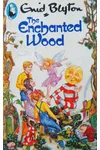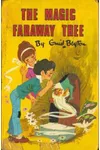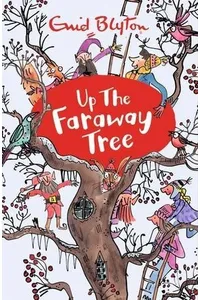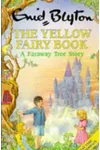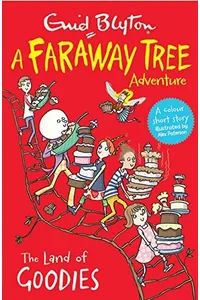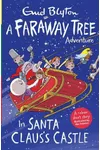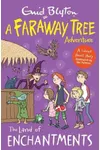Step into the enchanting world of the Faraway Tree, where a towering magical tree whisks children away to whimsical lands filled with wonder and adventure! Enid Blyton’s beloved Faraway Tree series, a cornerstone of children’s fantasy, invites young readers to explore an enchanted wood where every climb up the tree unveils a new realm. With quirky characters like Moon-Face and Silky, these timeless tales spark imagination and have captivated generations.
First published in 1939, this British classic blends gentle adventure with boundless creativity, making it a perfect escape for readers aged 5 and up. Whether you’re a nostalgic adult or a curious child, the Faraway Tree’s magic is irresistible!
How Faraway Tree Began
Enid Blyton, one of Britain’s most prolific children’s authors, crafted the Faraway Tree series during a time of global upheaval in the late 1930s and 1940s. Inspired by her love for nature and storytelling, Blyton imagined an enchanted wood near her Buckinghamshire home, where a magical tree could transport children to fantastical realms. The series began with The Enchanted Wood in 1939, introducing siblings Jo, Bessie, and Fanny (later updated to Joe, Beth, and Frannie) and their adventures up the Faraway Tree. Blyton’s knack for creating vivid, accessible worlds made the series an instant hit, with its roots in fairy tales and folklore.
The Heart of Faraway Tree
The Faraway Tree series comprises four main books: The Enchanted Wood (1939), The Magic Faraway Tree (1943), The Folk of the Faraway Tree (1946), and Up the Faraway Tree (1951). In The Enchanted Wood, the siblings discover the Faraway Tree, a colossal tree in an enchanted forest, home to quirky residents like the Saucepan Man, who jingles with pots and pans, and Moon-Face, who owns a slippery-slide for quick exits. Each book follows their climbs to the tree’s top, where a ladder leads to ever-changing lands, from the Land of Birthdays to the Land of Goodies.
Themes of friendship, bravery, and curiosity weave through the series, set against a playful, lyrical style that delights young readers. The enchanted wood, with its whispering trees and magical inhabitants, creates a cozy yet thrilling backdrop. While the stories reflect 1940s gender norms, their charm lies in the freedom the children enjoy, roaming unsupervised and solving problems with their tree-dwelling friends. The series’ gentle adventures and imaginative lands encourage readers to dream up their own fantastical worlds.
Why Faraway Tree Resonates
The Faraway Tree series has left an indelible mark on children’s literature, inspiring authors like Jacqueline Wilson, who penned modern continuations like The Magic Faraway Tree: A New Adventure (2022). Its blend of whimsy and adventure has made it a bedtime favorite, with fans praising its ability to ignite young imaginations. The series’ enduring appeal lies in its simplicity and optimism, offering an escape to a brighter, magical world, especially during challenging times like World War II. Recent adaptations, including a 1997 animated series and an upcoming film starring Andrew Garfield and Claire Foy, ensure the Faraway Tree’s magic reaches new audiences.
- Publication Years: 1939–1951
- Number of Books: 4 main titles
- Notable Characters: Moon-Face, Silky, Saucepan Man, Mr. Watzisname
- Modern Adaptations: Animated series (1997), upcoming film (TBA)
Ready to climb the Faraway Tree? Grab The Enchanted Wood and dive into Enid Blyton’s magical world of fantasy and adventure!
